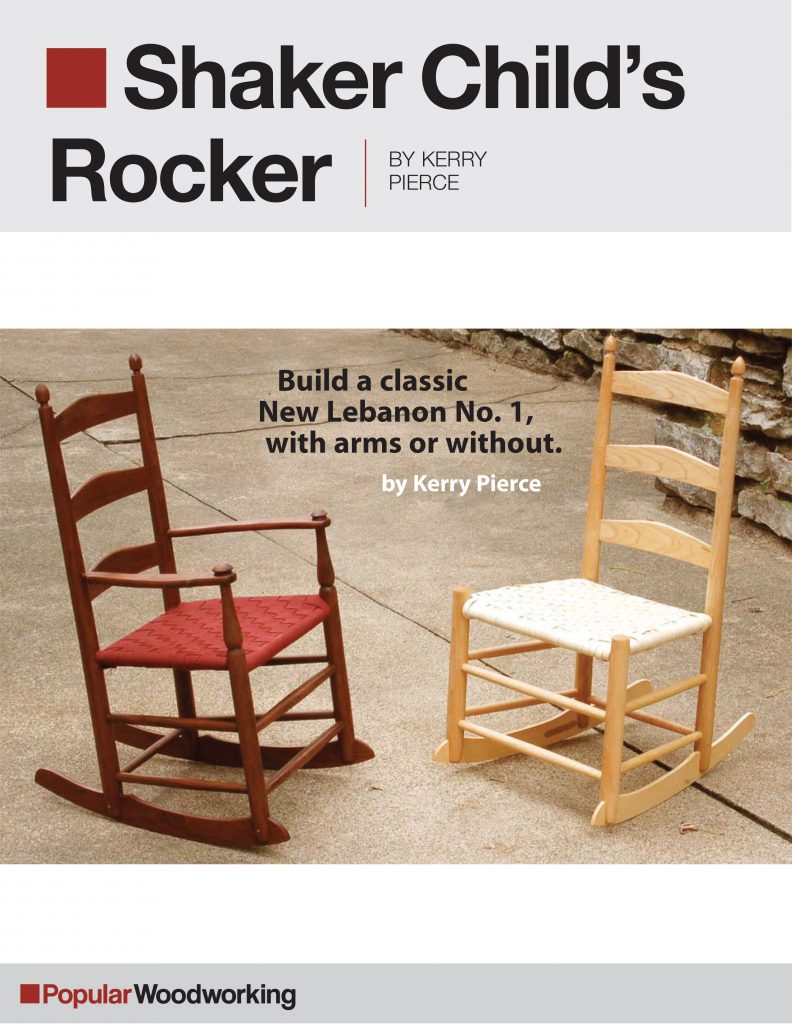We may receive a commission when you use our affiliate links. However, this does not impact our recommendations.

Having a plan when you head to the shop is the only reliable way to manage your time. I know that some of us relish in the spontaneity of building without a plan, but there’s just something so many ways to get distracted if you don’t know what part your working on next.
Yes, I could jot down some dimensions on a piece of paper of how I’d go about building a rocking chair for my kids, but there are so many things to keep in mind while building furniture that incorporates joinery. Are you accounting for your tenon length? Is your stock the correct thickness for the appropriate mortise? And then there are simple battles with proportion. The width of the slats on these rocking chairs could be decided upon in the shop, but dialing in their dimension ahead of time, based on a full drawing, will save you countless hours of debate and trial and error.
In my mind, spending a few dollars on a plan ahead of time is well worth the price if I can avoid spending my precious time in the shop scratching my head or throwing out a part that has a mortise in the wrong location.
Browse our digital woodworking plans!
Here are some supplies and tools we find essential in our everyday work around the shop. We may receive a commission from sales referred by our links; however, we have carefully selected these products for their usefulness and quality.









Nice tips! Building your own home workshop can morph into a VERY expensive project if you don’t know what to watch out for.
Fortunately, you can avoid all of the mistakes of woodworkers who have ended up spending a lot more than they wanted to.
Recently, I came across a course that shows you how to do it all from sourcing quality tools and free lumber to step-by-step ideal shop blueprints.
As a veteran woodworker with 25 years of experience, the course author’s experience is unmatched and you won’t find a more in-depth program anywhere else.
Click on the link below to get instant access:
http://scrnch.link/workshopguide
Next to a graphics program like Sketchpad or Fusion360, I think the free mind mapping program called Freeplane may be the most useful software for woodworkers. I have no affiliation with it other then as an avid user. It is useful at every phase of a project and can create a daily plan that avoids a lot of errors. As my project thinking progresses I use it to keep track of: goals/requirements, reasons for design decisions (in case I forget in a downstream change), bill of materials with status, build details and sequencing, and anything else that seems useful. During construction, at the end of the day, I tag items completed and think through the next steps in detail. This does not take long and becomes the next day’s plan. I can also keep track of construction options pros/cons till I make a decision. This can optimize the work and catch a lot of sequencing problems. When combined with a 3d graphics program, you can work through many virtual prototypes and avoid many errors in a project.